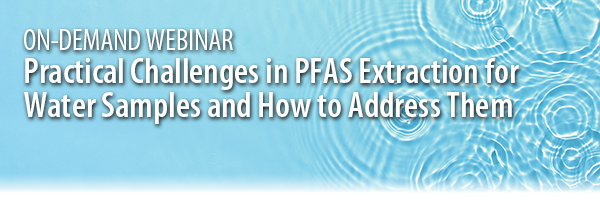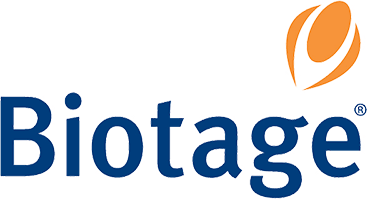Separation Science, in collaboration with Biotage, offers a presentation covering PFAS and some of the specific problems encountered with its analysis and practical solutions implemented during EPA and ISO methods investigation.

Format: On-demand
Duration: Approximately 45 minutes
Analysing PFAS in water samples down to sub-ppt quantitative levels is not a trivial exercise as the analyst will soon discover how ubiquitous these chemicals are in our environment. To achieve good analytical results that represent what is in the sample and not the surrounding environment requires special handling techniques and precautions, selection of solvents/reagents, along with configuration/ modification to the sample preparation equipment and LCTQ analysis system.
View this presentation to find out what PFAS is, how pervasive it is, and why it is important to monitor. Learn about some of the PFAS specific problems encountered and the practical solutions that can be implemented.
By viewing this presentation you will...
- gain more information on the pervasiveness of PFAS compounds in a typical extraction laboratory and the steps that can and should be undertaken to combat them.
- understand the process that was used to generate data, which follows three key SPE methods: US EPA methods 537.1 and 533, and ISO method 21675.
About The Presenter
 Bill Jones
Bill Jones
(Director of Chemical R&D, Biotage LLC)
Bill has been with Biotage for 19 years. Here he has been involved with the development, design and testing of SPE disks, membrane drying consumables along with development of automated evaporation and separation instrumentation and working with the EPA to incorporate the technology developed into EPA methods.
Sponsor:


